Did you know that the equivalent of a football field’s worth of rainforest is destroyed every six seconds ? This relentless loss drives climate change, endangers wildlife, and threatens our own survival. Yet, the simplest actions—choosing to recycle or planting a single tree—can become building blocks for global change. If you’re looking for practical ways to make a positive impact , understanding environmental conservation is your most powerful tool. This article reveals eye-opening statistics, game-changing conservation programs, and the exact steps you can take today to protect the environment .
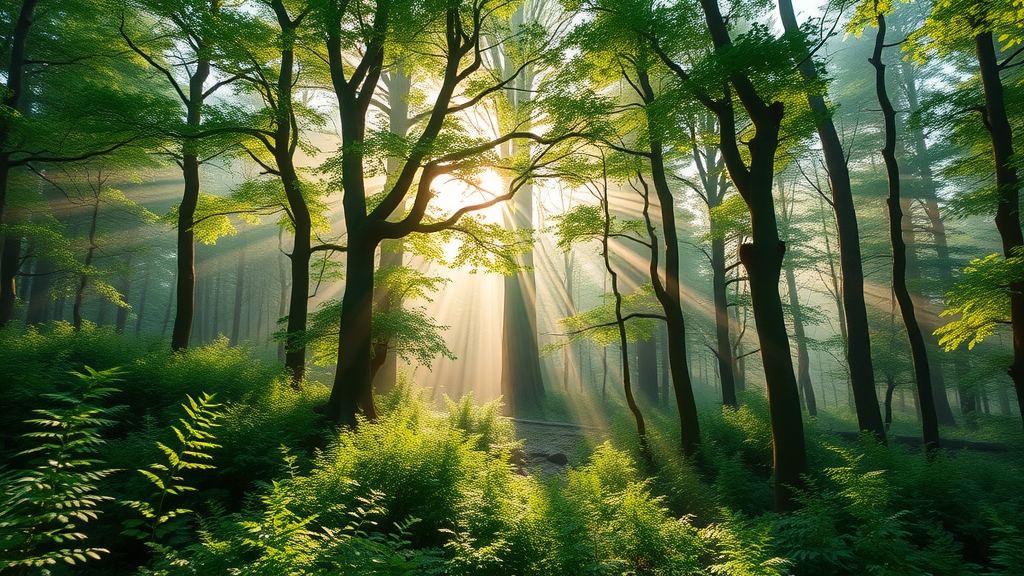
Small Steps in Environmental Conservation Have a Big Global Impact
“Small steps can change the world”—this isn’t just a slogan. Every time you choose to recycle, conserve water, or participate in a tree-planting event, you are joining a global movement that fights back against habitat loss, climate change, and biodiversity decline. Environmental conservation is about making mindful choices in our daily lives to reduce our ecological footprint. The collective effect of simple actions—like turning off lights, reducing waste, and supporting conservation projects—creates measurable benefits for our planet and future generations .
Consider that reducing household waste and using renewable energy lowers carbon dioxide emissions, combating climate change at the source. Support for local conservation programs helps protect natural resources and empowers communities to adopt sustainable practices . Even small positive shifts ripple outward, whether reviving a single coral reef or restoring acres of protected forest. The key? Consistency and community support. When individuals and local people unite for a cause, small victories multiply, building a healthier, more resilient planet for all.
The Surprising Truth About Environmental Conservation: A Look at the Numbers
Every year, over 7 million hectares of forest disappear—nearly the size of Ireland. But solutions are working: protected areas have helped preserve natural habitats and wildlife for millions of species. Marine reserves have revived marine life and restored fisheries. National conservation projects in places like Costa Rica have enabled forests to cover more than 50% of the country’s land—proof that focused action delivers global results. These statistics underscore the urgency and reward of every choice you make in support of environmental conservation programs .
On a local scale, recycling just one ton of paper can save 17 trees and 7,000 gallons of water. Choosing eco-friendly products and minimizing use of fossil fuels cuts greenhouse gas emissions and air pollution that harm human health . The numbers make clear: even one household or one community, acting together, can have a profound positive impact in defending our natural world .
What You'll Gain from Exploring Environmental Conservation
- Key facts and statistics about environmental conservation
- Types, strategies, and impactful examples of conservation programs
- Proven ways you can protect the environment today
- How conservation programs like forest conservation, wildlife conservation, and marine conservation deliver results
- Actionable opportunities to join or support environmental conservation efforts
Understanding Environmental Conservation: Definition and Meaning
Environmental conservation is the practice of protecting the earth’s ecosystems, restoring damaged habitats, and fostering a sustainable relationship between people and the natural world . It encompasses everything from individual daily habits—like recycling and conserving water—to large-scale actions such as reforestation, wildlife protection, and climate change mitigation. The central goal is to ensure that natural resources are maintained for the well-being of current and future generations, while also preserving the diversity and resilience of all living things.
Why is this important? Our planet’s forests, oceans, and wildlife not only supply the air we breathe and the food we eat, but also regulate the climate and purify water. By protecting our natural heritage, we create a foundation for human health , economic security, and a stable climate. Effective conservation programs empower both local communities and governments to make smart, science-driven decisions that safeguard vital natural assets.
What is Environmental Conservation?
"Conservation is a state of harmony between men and land." — Aldo Leopold
Simply put, environmental conservation is the responsible management of the environment and natural resources to prevent exploitation, degradation, and the loss of biodiversity. This means not just protecting what exists, but also ensuring the sustainable use of resources—like water, soil, and air—across all areas of society. Activities range from establishing protected parks to encouraging energy-efficient lifestyles in cities and communities worldwide.
The core principle behind environmental conservation is stewardship: the understanding that every action we take affects the wider ecosystem. By recognizing and respecting those connections, we take part in a cycle that preserves natural habitats, enables healthy local people and economies, and sustains life for centuries to come.
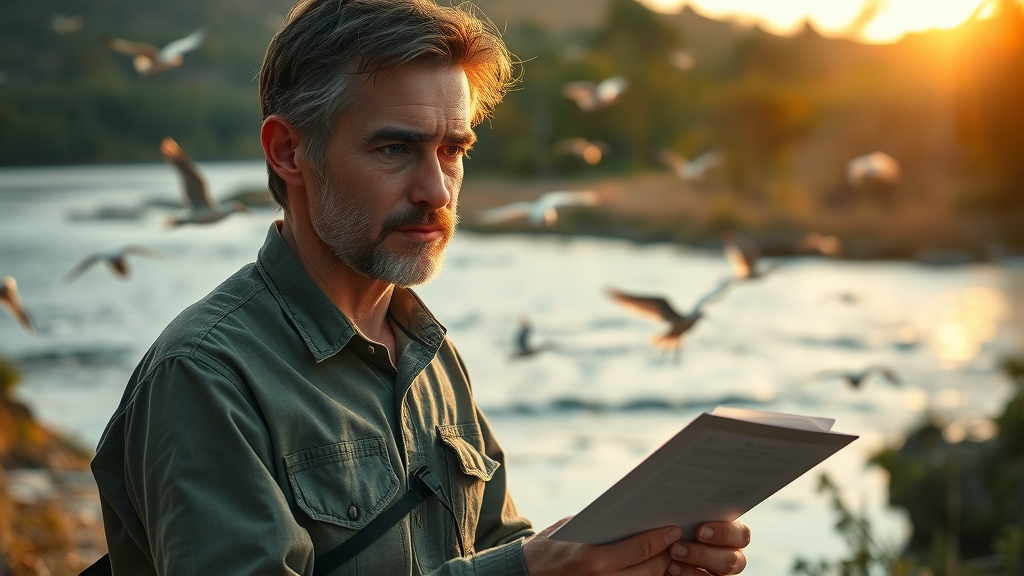
What is the Meaning of Environmental Conservation?
The meaning of environmental conservation goes far beyond just protecting plants and animals. It refers to our ongoing commitment to balance environmental needs with societal growth and development. At its heart, environmental conservation is about fostering harmony between humanity and nature—by maintaining biodiversity, reducing pollution, and ensuring equitable access to essential resources like clean water and fertile soil.
It also incorporates holistic approaches like ecosystem restoration, biodiversity monitoring, and the promotion of sustainable practices across every sector—agriculture, energy, and manufacturing included. Education and awareness are crucial: when local communities are engaged and understand the value of the environment, they become powerful allies in conservation projects that protect the environment for all.
Key Types of Environmental Conservation You Should Know
When it comes to environmental conservation , not all strategies are created equal. There are four fundamental types—each targeting unique challenges to make a positive impact on ecosystems and human health . By understanding and supporting these types, you can choose the methods that will most powerfully make a difference in your neighborhood or across the globe.
Every conservation program —whether run by governments, non-profits, or individual citizens—relies on these key approaches to address critical threats like habitat loss, pollution, and unsustainable resource use. From ancient woodlands to remote seas, these frameworks have proven time and again to be vital for protecting our natural wealth and sustaining local communities .
What are the Four Types of Environmental Conservation?
- Forest conservation
- Wildlife conservation
- Marine conservation
- Soil and land conservation
Forest conservation involves planting new trees, fighting illegal logging, and supporting sustainable forestry. Wildlife conservation focuses on saving animal and plant species from extinction—often through habitat protection and anti-poaching efforts. Marine conservation protects oceans and their marine life , combating threats like overfishing, pollution, and coral bleaching. Soil and land conservation encourages regenerative agriculture, erosion control, and restoration of over-farmed lands to preserve food security and environmental health.
Each type plays a pivotal role in addressing urgent environmental challenges and reinforcing the earth’s natural defenses against climate change . Combined, these efforts form a global safety net for the diversity and abundance of life on which we all depend.
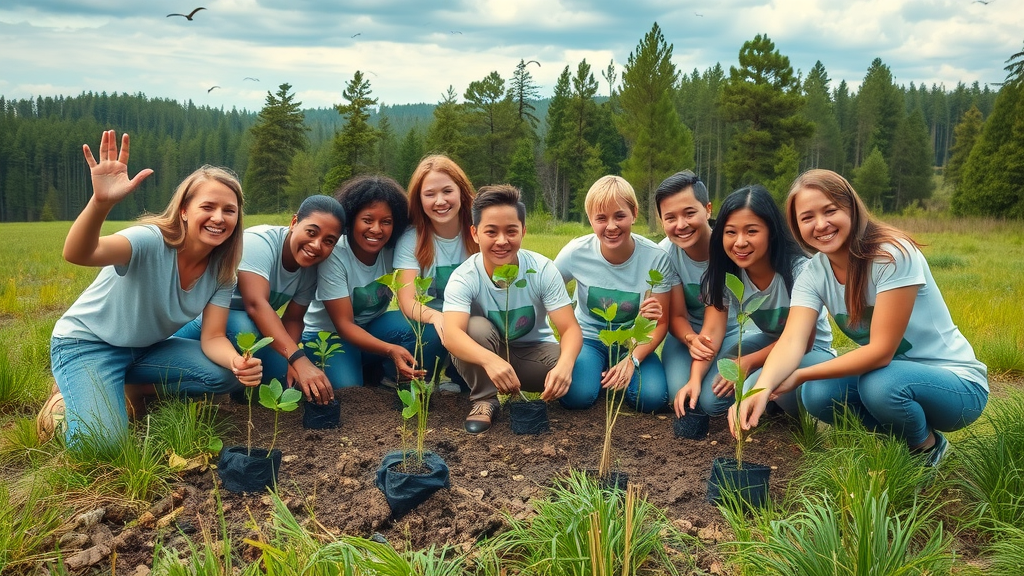
How Conservation Programs Protect the Environment and Fight Climate Change
Modern conservation programs are at the forefront of efforts to protect the environment and stabilize the climate. By harnessing scientific innovation and community mobilization, these initiatives achieve results with both immediate and long-term benefits. Whether tackling air pollution, replanting native forests, or healing ocean habitats, environmental conservation programs are a direct response to the urgent need to address global climate change .
Through collaborative work, these programs provide education, fund restoration projects, and empower local people to act as environmental stewards. Every dollar donated, hour volunteered, or policy change supported plays a part in reducing greenhouse gas emissions, restoring ecosystem balance, and safeguarding vulnerable wildlife populations. They demonstrate that committed action—no matter how small—can deliver outsized environmental rewards.
Forest Conservation: Safeguarding Nature’s Lungs
Forests are often called the planet’s lungs for a reason: they absorb carbon dioxide and release the oxygen that sustains all life. Forest conservation programs aim to halt deforestation, support reforestation, and foster sustainable forestry practices. From the Amazon Rainforest to North American woodlands, these projects are crucial for absorbing carbon emissions, combating climate change , and preserving natural habitats for thousands of species.
Community-led replanting efforts, support for indigenous stewardship, and legal protections for ancient woodlands have transformed vast landscapes—locking away millions of tons of carbon while providing food, medicine, and economic opportunities to local communities . As natural resources come under threat, forest conservation safeguards not only trees but the entire web of life that depends on them.
Wildlife Conservation: Preserving Earth’s Biodiversity
From majestic elephants to tiny pollinators, wildlife is the heartbeat of the natural world . Wildlife conservation programs combat poaching, restore habitats, and rescue endangered species from extinction. These projects not only focus on charismatic animals but also protect the intricate food webs and ecological processes that keep our planet resilient and productive.
Efforts such as anti-poaching patrols and protected reserves directly protect rare mammals, birds, and plants. By involving local people in conservation and eco-tourism, these initiatives support human health , sustainable livelihoods, and the wellbeing of future generations . Healthy wildlife populations ensure that natural ecosystems—forests, grasslands, wetlands—can survive and thrive, helping regulate the climate and purify water for everyone.
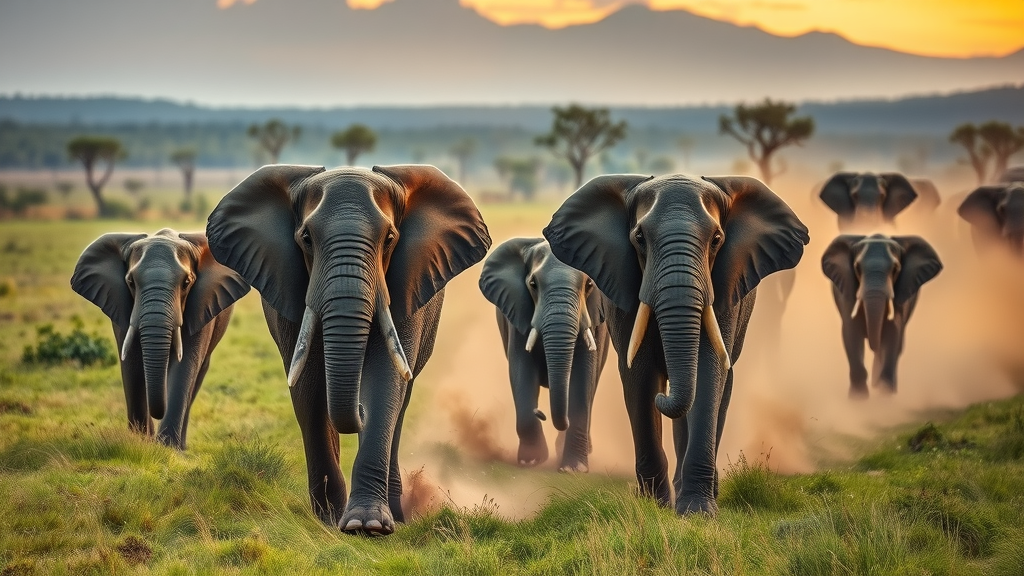
Marine Conservation: Defending Ocean Resources
Covering more than 70% of Earth’s surface, our oceans are a lifeline for both marine life and humanity. Marine conservation programs protect coral reefs, combat pollution, and promote sustainable fishing—ensuring that fragile aquatic ecosystems can recover and thrive even as global pressures mount. Projects such as coral reef restoration, beach clean ups, and marine protected areas revive ecosystems, support food security, and boost the resilience of coastal communities .
By rescuing endangered species, restoring habitats, and enforcing anti-pollution laws, these initiatives maintain the balance that supports everything from vibrant fisheries to the stability of the global climate. By participating in marine conservation, you’ll help ensure that ocean resources provide for future generations and keep Earth’s natural systems in motion.
Practical Ways to Make a Difference in Environmental Conservation
You don’t need to be a scientist or an activist to make a difference for the environment. Your actions—at home, in your community, and online—can send powerful signals to businesses, governments, and neighbors alike. Conservation starts with simple choices: reducing waste, reusing and recycling materials, and being a conscious consumer of energy and goods.
To maximize your impact, consider joining or supporting conservation programs , volunteering for conservation projects , or sharing your environmental successes to inspire others. The goal is to make environmental conservation the natural choice for all—from the choices you make every day to the causes and programs you champion long-term.
What are Five Ways to Conserve the Environment?
- Reduce, reuse, recycle household waste
- Support conservation programs locally and globally
- Limit use of natural resources and choose eco-friendly products
- Get involved in wildlife and forest conservation initiatives
- Advocate for climate change policies and environmental protection
Each of these actions, though simple, creates ripple effects that multiply impact. Choosing responsible products, minimizing your carbon footprint, and backing climate change solutions at election time all add up to collective change. Even small, consistent steps—like conserving water or reducing single-use plastics—help secure a healthier, more sustainable planet.

Environmental Conservation Programs Making a Global Difference
Around the world, environmental conservation programs are inspiring examples of innovation and dedication. These initiatives unite local people , scientists, and international partners in pursuit of a common goal: defending nature for the benefit of all. Whether large or small, government-led or citizen-driven, each program provides a model of hope, action, and opportunity for positive change.
Some programs have even delivered outcomes so transformative that entire nations have adopted them as part of their identity. By supporting or learning from these success stories, you can discover new ways to multiply your influence, make a positive impact, and deliver environmental benefits for generations.
Spotlight: Costa Rica’s Leadership in Environmental Conservation
Costa Rica has become a global beacon for environmental innovation by prioritizing sustainable practices and conservation over decades. Thanks to robust policies, investments in renewable energy, and support for forest conservation , more than half of Costa Rica’s land today is covered in forest—compared to less than 25% in the 1980s. The country’s conservation projects also protect wildlife and marine life , generating income through eco-tourism and improving the quality of life for local communities .
This leadership demonstrates how even a small country can achieve globally significant results with vision and determination. By investing in people, ecosystems, and renewable energy, Costa Rica proves that environmental conservation is both possible and rewarding—for human health , prosperity, and the sustainable future of the planet.
Climate Change: How Environmental Conservation Fights Back
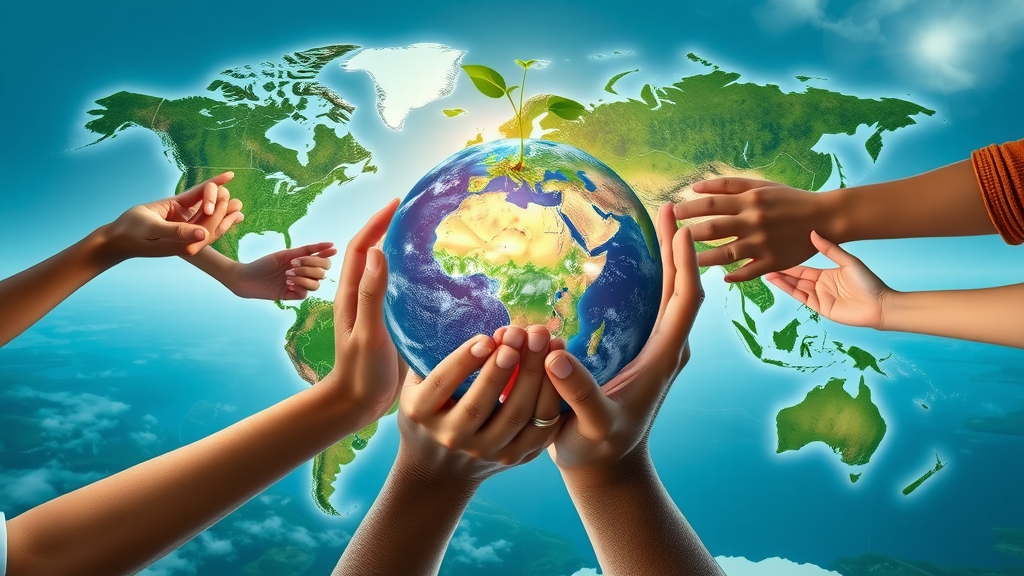
Climate change is the defining environmental challenge of our era. The good news? Environmental conservation is a powerful defense. Through protecting carbon-rich ecosystems, promoting sustainable practices , and increasing renewable energy use, conservation programs cut greenhouse gas emissions at their source and boost the planet’s ability to adapt to rapid change.
Actions like restoring wetlands, replanting mangroves, and maximizing biodiversity translate directly into improved resilience: they buffer against floods and droughts, stabilize weather patterns, and support safer, healthier local people everywhere. Working together, our collective choices do more than just shield us from disaster—they actively shape a planet where future generations can thrive.
| Conservation Program | Key Benefit | Notable Example |
|---|---|---|
| Forest Conservation | Removes CO 2 | Amazon Rainforest initiatives |
| Wildlife Conservation | Protects species | African elephant protection |
| Marine Conservation | Cleans ecosystems | Coral reef restoration in Belize |
| Soil Conservation | Preserves food | Sustainable farming in India |
Why Environmental Conservation is Crucial for Our Future
Environmental conservation is not simply a matter of charity or aesthetics—it’s a question of survival and justice. Our health, food security, and peace of mind all depend on stable, functioning ecosystems. Without environmental conservation , the air would grow dirtier, water scarcer, and climates less predictable, increasing risks for conflict and hardship across the globe.
From the smallest insect to the largest whale, every member of the global ecosystem plays a vital role in supporting the web of life. Protecting our natural world safeguards not just plants and animals but also the natural resource base that feeds, clothes, and shelters us. Conservation is an investment in life itself—one that benefits us today and secures hope for future generations .
What is the Importance of Environment Conservation?
"We won’t have a society if we destroy the environment." — Margaret Mead
The importance of environmental conservation lies in its ability to stabilize economies, protect the vulnerable, and ensure a healthy planet. Nature provides essential services—clean air and water, pollination, soil fertility, flood control—that we cannot live without. By investing in conservation today, we ensure a safe, just, and sustainable world for children yet to be born.
Every conservation project and program is a declaration of commitment to life, dignity, and prosperity for all. By acting now, you help make sure that environmental challenges never outstrip our ability to adapt—and that the natural beauty and abundance of our world endures as a source of inspiration and hope.
Join a Conservation Program: How You Can Make a Difference Right Now
Ready to play your part? You have more power than you think. Supporting environmental conservation is as simple as signing up for a tree planting, making a monthly donation to a wildlife charity, or volunteering at a local beach clean . Every positive action—from posting your eco-friendly achievements online to writing your elected officials about environmental policies—helps build the momentum needed for sustained change.
More than ever, the world needs people willing to tackle urgent environmental challenges. Your involvement can inspire neighbors, influence government policies, and attract funding for projects that will employ, educate, and uplift entire communities. Don’t wait—take action today and become part of a movement shaping a brighter future for our planet.
Supporting Environmental Conservation: Take Action Today
- Sign up for conservation programs in your area
- Volunteer with wildlife or marine conservation organizations
- Contribute to reforestation and climate change mitigation projects
Opportunities abound, from joining a local environmental volunteer group to supporting international marine conservation campaigns. However you choose to participate, your support amplifies vital efforts to restore, protect, and cherish the only home we all share.
Key Takeaways On Environmental Conservation
- Every individual action adds up to massive environmental impact
- Types of conservation—forest, wildlife, and marine—play a unique role
- Protecting ecosystems provides benefits for health, climate, and society
- Your involvement in programs can amplify change for generations
FAQs on Environmental Conservation
- How does environmental conservation protect natural resources? Environmental conservation safeguards air, water, soil, and biodiversity. By regulating resource use, fighting pollution, and encouraging sustainable practices, conservation keeps essential systems functioning so both people and wildlife can thrive.
- What role does climate change play in conservation efforts? Climate change increases the urgency for conservation by disrupting weather, habitats, and food supplies. Conservation programs help slow climate change by absorbing carbon, protecting natural buffer zones, and building ecosystem resilience against extreme events.
- Which conservation program is the most effective? No single program stands alone—impact is greatest when forest, wildlife, marine, and soil conservation work together. The best program for you is one that aligns with your skills, passion, and community needs, ensuring your actions create the biggest positive impact.
Explore Environmental Conservation Opportunities—Start Making a Difference Today
Turn your concern into action— join a conservation program , change your habits, and support causes that matter. Every step forward is a step closer to a greener, safer, and more hopeful world.
 Add Row
Add Row  Add
Add 




Write A Comment